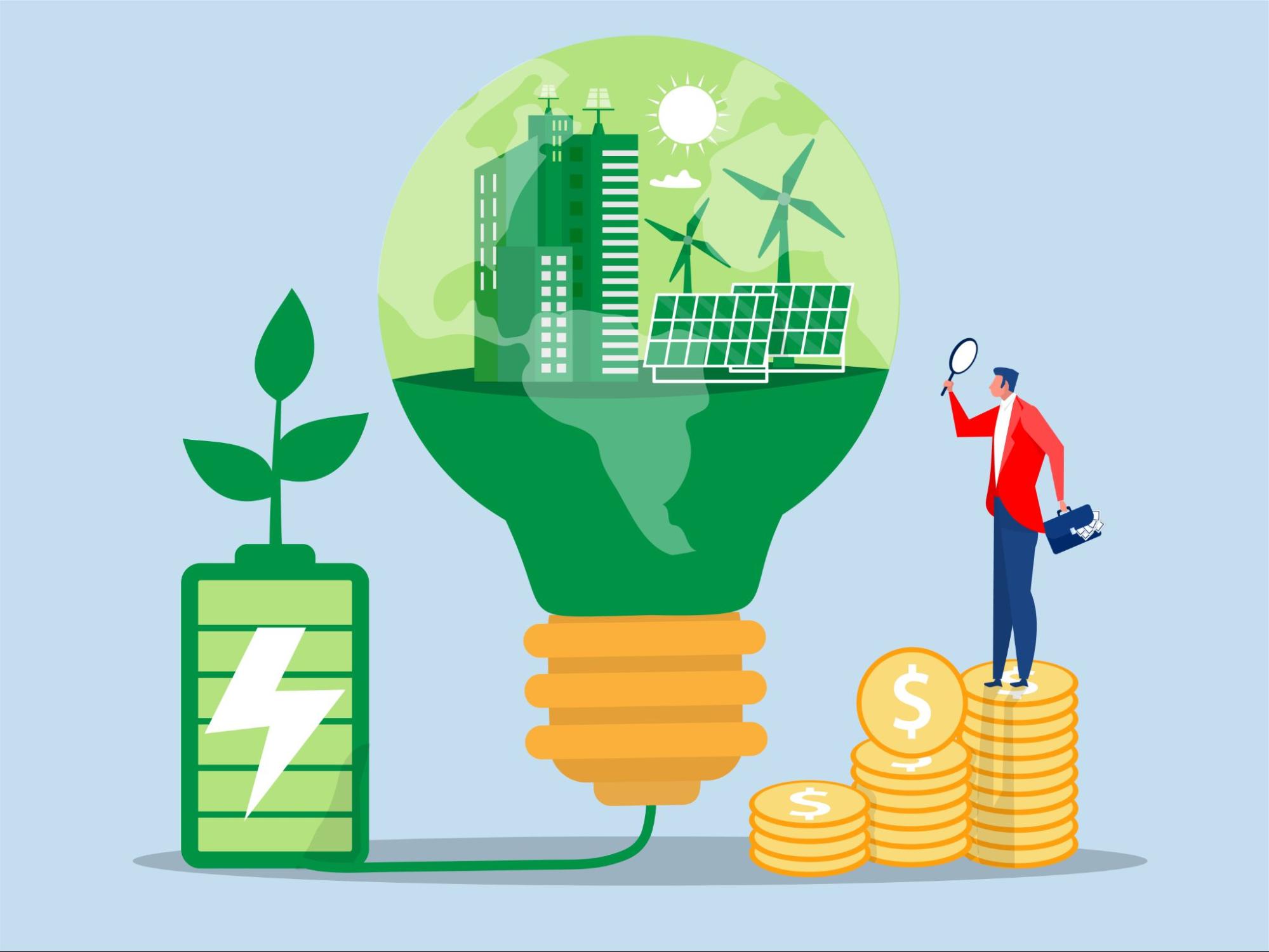The renewable energy sector is evolving rapidly, not just in technology but also in how projects get funded. New financial approaches are breaking down barriers, making clean energy more accessible to individuals and companies alike; such as Constant Energy Solar PPA. These innovative strategies are attracting capital and speeding up our transition to sustainable power sources. Let’s take a brief look at some groundbreaking approaches reshaping energy financing.
Table of Contents
ToggleBreaking Traditional Financial Barriers
High upfront costs and lengthy payback periods have historically made renewable energy projects challenging to finance. Now, performance-based contracts are shifting financial risk from developers to investors. Energy providers can secure funding based on actual installation performance, making investments more attractive by directly linking returns to energy output.
Green bonds have caught the attention of institutional investors too. These are specifically designated for environmentally beneficial projects. With growing concern about climate change, corporations and governments increasingly view green bonds as practical tools for contributing to sustainability while achieving good financial returns.
Small players often struggled to enter the renewable market due to substantial capital requirements. Crowdfunding has democratized investment access by allowing everyday people to support renewable projects. Through online platforms, community members pool resources to invest in local solar farms or wind projects. This transforms community enthusiasm into actual financial backing.

Yieldcos represent another significant innovation; these are publicly traded companies created to own operating renewable energy assets. They provide investors with steady dividends generated from long-term power purchase agreements. By altering how renewable projects are capitalized, yieldcos reduce reliance on traditional debt financing while offering more predictable returns. This appeals to risk-averse investors seeking stability.
Digital Revolution in Energy Finance
The digital revolution has transformed energy financing. Emerging platforms use blockchain and artificial intelligence to streamline investments, improve transparency, and cut transaction costs. These systems automate and digitize financial structuring, enabling real-time tracking of investments and energy production. Investors get clearer visibility into their funding performance.
Digital marketplaces now facilitate peer-to-peer energy trading. Households and small businesses can directly sell excess renewable energy to neighbors. This optimizes locally generated power use and creates new revenue streams that can be reinvested into more renewable projects. As these technologies mature, smart contracts and real-time data analysis will further boost investor confidence.
Collaborative Models Gaining Traction
Collaboration has become central to energy financing evolution. Public-private partnerships increasingly share financial risks and rewards of renewable energy projects. Governments and private companies combine forces to finance, build, and operate energy infrastructure. By pooling resources and expertise, these partnerships undertake larger projects that might be too risky or expensive for any single entity.
Energy service agreements are gaining momentum too. Under these arrangements, service providers finance, install, and maintain renewable systems for clients who pay only for consumed energy. This minimizes upfront costs and aligns financial incentives with energy efficiency, making renewable installations more accessible to everyone from homeowners to industrial facilities.
Making Renewable Energy Inclusive
A key aspect of redefining energy financing is ensuring renewable energy benefits reach all parts of society. Financial inclusion drives programs making clean energy accessible to low-income communities and underserved regions. Microfinance initiatives and community investment funds provide capital for small-scale renewable installations. This enables households and local businesses to access clean energy without large upfront costs.
These initiatives often work alongside government incentives and subsidies, creating an ecosystem supporting sustainable technology investment.

By prioritizing inclusivity, these strategies deliver environmental benefits while driving social and economic development. They help lift communities out of energy poverty and improve quality of life.
Policy Environment Evolution
Evolving policies and regulations shape energy financing at national and international levels. Governments increasingly recognize how innovative financing models help achieve climate goals. This has led to supportive legislative frameworks and tax incentives lowering capital costs for renewable projects. Regulatory reforms reduce bureaucratic hurdles, streamline approvals, and create more predictable investment environments.
International agreements have accelerated this trend by fostering global cooperation and best practice sharing. Such policy shifts maintain investor confidence and ensure financial mechanisms behind renewable projects remain robust despite economic or geopolitical changes.
Building a Sustainable Future
Advancements in energy finance aren’t simply short-lived trends, they’ve become crucial components of long-term solutions addressing climate change. As new financing models grow, they make the renewable industry more accessible, robust, and inclusive. With choices ranging from digital platforms and yieldcos to green bonds and community finance, investors may support initiatives aligned with both financial aims and environmental principles.
The future of energy finance depends on blending financial innovation with sustainable development. By embracing technology, teamwork, and forward-thinking legislation, the renewable sector can overcome conventional restrictions and accelerate our move toward cleaner energy sources. Every new financial strategy pushes us closer to a future where renewable energy becomes our major power source.
Investors and politicians today welcome change driven by critical climate issues. Current day innovative financial practices lay the groundwork for a green revolution that will stimulate economies while conserving our planet. With each creative model and smart investment, we construct a more resilient and sustainable energy environment, rethinking our relationship with electricity and building a greener future.






